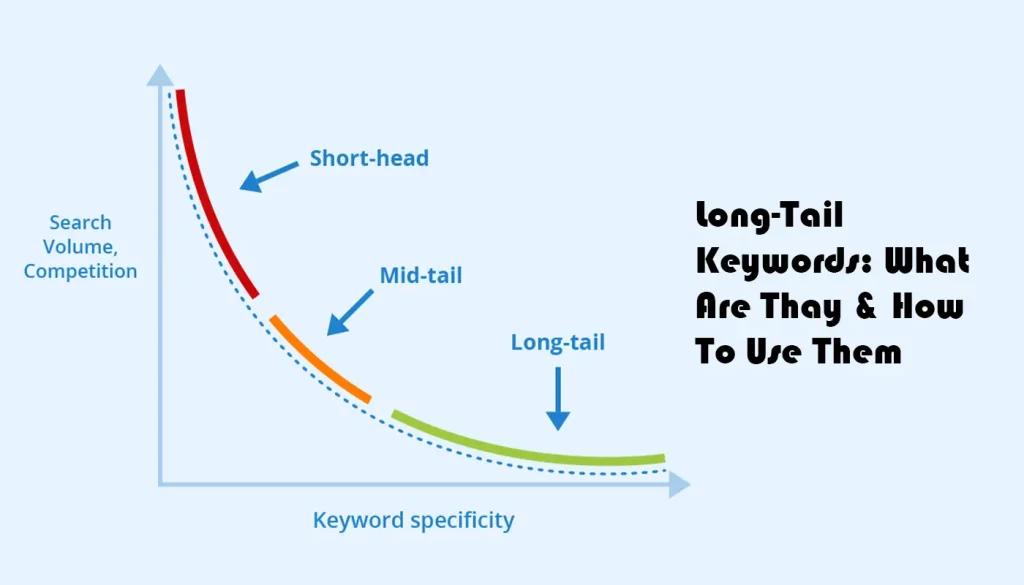Did you know that over 70% of online experiences begin with a search engine? Ranking high in search engine results is key to attract more people. But, having a nice website and good content isn’t enough for SEO success. That’s where technical SEO comes in.
Technical SEO makes your website better for search engines. It focuses on site structure, performance, and code. By using good technical SEO strategies, you can get higher rankings and more visibility.
In this article, we’ll talk about the importance of technical SEO. We’ll cover its main parts and give you tips for a technical SEO audit. Get ready to learn how to make your website more visible with technical SEO.
What is Technical SEO?
Technical SEO is a part of SEO that makes your website better for search engines. It deals with things like website speed and how easy it is for search engines to find your content.
- Website speed: Technical SEO makes your website load fast. Slow websites can hurt your rankings.
- Crawlability: It makes sure search engines can find and read your website. This means having a good site structure and using the right URLs.
- Indexation: Technical SEO helps search engines understand your content. This means avoiding duplicate content and using meta tags right.
- Site structure: It organizes your website in a way that’s easy for users and search engines to follow.
- Mobile-friendliness: With more people using mobile devices, technical SEO makes sure your website works well on all devices.
- Security: It includes using SSL certificates and HTTPS to keep user data safe and build trust.
By focusing on these technical SEO areas, businesses can make their websites more visible and user-friendly. This can improve their search engine rankings.
Why is Technical SEO Important?
Technical SEO is key for how search engines see and rank websites. It’s important for businesses to know about technical SEO to make their websites more visible.
If search engines can’t find or understand your website, it’s hard to show up in search results. Technical SEO helps make your website better for search engines to crawl, index, and rank.
Improving your website’s technical aspects can make it more visible and increase organic traffic. Technical SEO helps search engines see the value of your website, leading to better rankings.
Without good technical SEO, businesses may find it hard to compete online. It’s vital to optimize your website’s technical elements for better search engine friendliness and visibility.
Key Elements of Technical SEO For Ranking
Improving your website’s technical aspects is key for better search engine rankings. Here are the three main elements of technical SEO:
1. Crawlability
Crawlability is how easy search engines can find and index your site. Make sure search engine bots can reach all your pages. Use your website’s robots.txt file and XML sitemap for this.
Fix any crawl errors and use canonical tags to avoid duplicate content.
2. Performance
Website performance is key for search engine rankings. Make your site load faster by reducing server time and compressing images. Enable browser caching too.
Using a content delivery network (CDN) can also speed up your site.
3. Indexation
Indexation is how search engines store your web pages. Make sure all important pages are easy to index. Avoid using JavaScript or Flash for key content.
Use meta tags like robot text and canonical tags to help search engines. This prevents duplicate content issues.
How to Perform a Technical SEO Audit?
A technical SEO audit helps find and fix website issues. Here are nine steps for a detailed audit:
1. Website Crawling Analysis
See how search engine crawlers move through your site. Use tools like Google Search Console to find crawling errors.
2. Crawling and Indexing Assessment
Check if your site is being crawled and indexed well. Look for indexation problems, like blocked pages. Make sure your XML sitemap and robots.txt file are correct.
3. Site Speed Evaluation
Check your site’s loading speed and find slow spots. Use tools like Google PageSpeed Insights or GTmetrix. This helps make your site faster.
4. Mobile-Friendliness Check
Ensure your site works well on all devices. Google’s Mobile-Friendly Test can spot issues. Fix these to improve mobile user experience.
5. Duplicate Content Examination
Find and fix any duplicate content on your site. It can hurt your rankings. Use tools like Copyscape or Siteliner to find duplicates. Then, use canonical tags or rewrite the content.
6. Site Structure and Internal Linking Review
Look at your site’s structure and internal links. It should be easy for search engines to navigate. Improve your site structure with clear categories and descriptive URLs. Use proper internal linking for better crawlability and user experience.
7. Structured Data and Rich Snippets Inspection
Check if your site uses structured data markup and rich snippets. Google’s Structured Data Testing Tool can help. Make sure your structured data is correct and improve it if needed.
8. Website Security Check
Make sure your site is secure and safe from threats. Look for outdated software or insecure connections. Use HTTPS encryption and update your security regularly to protect user data.
9. Meta Tag Assessment
Review your site’s meta tags, like title tags and meta descriptions. They should have relevant keywords and describe your content well. This encourages users to click on your search engine listings.
Top Technical Seo Raking Best Practices
Using top technical SEO practices can boost your site’s performance. Here are six practices to consider:
1. Choose One Website Version
Having multiple website versions can cause duplicate content issues. Choose one version as canonical and redirect the other versions to it.
2. Speed Up Your Website
Speeding up your website is key for a good user experience and better search rankings. Make your images smaller, cut down on HTTP requests, and use browser caching. Also, consider using content delivery networks (CDN) to make your site faster.
3. Use Structured Data
Adding structured data, like schema.org, helps search engines get your content. This can make your site stand out in search results with rich snippets. It makes your site more appealing and informative to users.
4. Fix Broken Pages
Find and fix any broken pages or links on your site. These problems can hurt user experience and search engine crawlers. Regularly check and fix broken pages to keep your site running smoothly.
5. Optimize for Core Web Vitals
Google now focuses on user experience, making Core Web Vitals key. These include page speed, interactivity, and visual stability. Improve these to boost user satisfaction and your site’s SEO.
6. Multilingual Content
If you have a multilingual audience, think about adding multilingual content. This means translating your content and using hreflang tags. It helps target different language markets effectively.
Conclusion
Improving your website’s technical parts is key for search engine success. Technical SEO helps your site get seen more, get more visitors, and make more sales. Keep checking your site and stay up-to-date with SEO to do well over time.
FAQs
1. What is the difference between Technical SEO and On-Page SEO?
Technical SEO looks at your website’s technical stuff, like how fast it loads. On-page SEO is about making each page better for keywords and users.
2. How often should I conduct a Technical SEO audit?
Do a Technical SEO audit every six to twelve months. This is good after big changes or search engine updates. It helps find and fix problems that hurt your site’s performance.
3. What are the most common technical SEO mistakes to avoid?
Avoid slow websites, broken links, and designs that don’t work on phones. Also, don’t have duplicate content, missing meta tags, or bad structured data. Fixing these can really help your site’s technical SEO.
4. How does Technical SEO impact e-commerce websites?
Technical SEO is very important for e-commerce sites. Making your site fast, mobile-friendly, and using structured data helps it get seen more. This means more visitors, better rankings, and more sales.
5. Is technical SEO difficult?
Technical SEO might seem hard, but it’s not with the right knowledge. Just keep up with the latest trends and best practices to do well in technical SEO.
6. Does technical SEO require coding?
Some technical SEO tasks need basic coding, like changing meta tags. But you don’t have to be a coding expert. Many tools and resources make technical SEO easy for businesses without coding skills.





